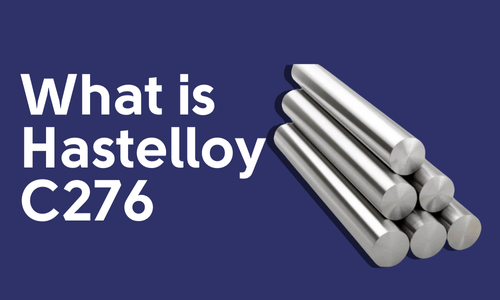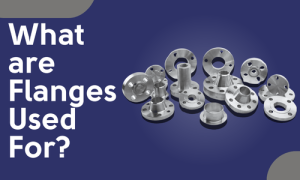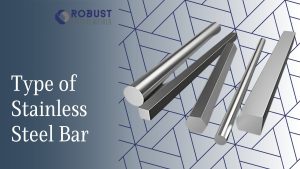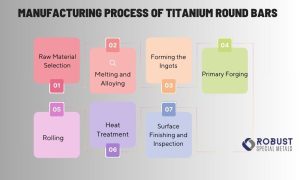Hastelloy C276 is a high-performance nickel-molybdenum-chromium alloy renowned for its exceptional corrosion resistance, especially in aggressive chemical environments and at elevated temperatures. Frequently used in the chemical processing, aerospace, and energy industries, it stands out for its ability to resist pitting, crevice corrosion, and stress corrosion cracking. In this article, we’ll explore what makes Hastelloy C276 a go-to material in harsh industrial settings, compare it with Hastelloy C22 to highlight performance differences in highly corrosive environments, and delve into the key mechanical and chemical properties that support its durability. We’ll also examine its typical applications in reactors, heat exchangers, and scrubbers, look at its compatibility with various chemical agents, and review the advantages that make it ideal for high-stakes operations where material failure is not an option.
About Hastelloy C276
Hastelloy C276 is a high-performance nickel-molybdenum-chromium alloy known for its superior resistance to a wide range of corrosive environments, especially in chemical and high-temperature processes. Its composition gives it excellent resistance to pitting, crevice corrosion, and stress corrosion cracking in a variety of media, including aggressive acids, seawater, and chlorine.
One of the main features of Hastelloy C276 is its ability to perform well in both oxidizing and reducing environments, which makes it an ideal material for equipment like reactors, heat exchangers, pumps, and pressure vessels. The ability of the alloy to resist sulfuric acid, hydrochloric acid and other aggressive chemicals has earned it a sought after place in industries handling extremely corrosive materials. Its versatility and reliability under extreme temperatures have made it one of the most resilient alloys with which to work on an industrial level.
What is the Difference Between Hastelloy C22 and C276?
Both Hastelloy C22 and Hastelloy C276 are high-performance alloys, but the former is designed for slightly different applications and conditions than the latter.
Composition and Alloying Elements
Hastelloy C276 is composed of nickel, molybdenum, chromium and iron with high molybdenum content (15-17%), and tungsten (3-4%). These make it have high resistance to pitting, crevice corrosion, and high-temperature oxidizing situations.
Hastelloy C22, however has the same base composition but with increased chromium content (20-22%) and slightly lower molybdenum content (12-14%). The absence of tungsten reduces its resistance to extreme high-temperature applications but increases its resistance to certain oxidizing chemicals over C276.
Corrosion Resistance
Hastelloy C276 is especially useful in managing more aggressive chemical environments, such as hydrochloric acid, sulfuric acid, and chlorine, and thus is ideal for chemical processing, and industrial use where exposure to these chemicals is frequent.
Hastelloy C22 is ideal for overall corrosion resistance, especially under conditions involving chlorine and its derivatives, seawater, and oxidizing acids. It is, however, not as good as C276 for high concentrations of reducing chemicals or extreme temperatures.
Temperature Resistance
Hastelloy C276 has superior temperature resistance, maintaining its strength and resistance to oxidation at high temperatures, typically up to 1900°F (1038°C). This makes it ideal for applications in high-temperature chemical processes or power plants.
Hastelloy C22 can withstand temperatures up to 1600°F (871°C), making it suitable for slightly less extreme thermal environments compared to C276. However, it still provides excellent corrosion resistance at elevated temperatures.
Weldability and Fabrication
Hastelloy C276 is very weldable and readily fabricated, permitting complex shapes, and components. This attribute makes it very valuable in industries where parts must be welded or shaped for special purposes.
Hastelloy C22 also possesses excellent weldability, though its welding process should have more caution, particularly in high-stress applications, to prevent cracking and other welding defects.
Cost and Availability
Hastelloy C276 tends to be more expensive due to its enhanced resistance to a wider range of corrosive substances and higher performance in extreme conditions. This makes it the material of choice for critical, high-performance applications.
Hastelloy C22 is generally more cost-effective compared to C276, making it a preferred option for less aggressive corrosive environments where cost is a consideration.
Applications
Hastelloy C276 is widely used in industries like petrochemicals, power generation, and waste treatment, where there is a need for materials that can withstand aggressive chemicals and high temperatures. It is often used in reactors, heat exchangers, pressure vessels, and furnace components.
Hastelloy C22 is commonly found in applications where the environment involves exposure to seawater, chlorides, or moderately oxidizing acids. It is frequently used in the food processing, pharmaceutical, and pollution control industries.
Conclusion
In summary, Hastelloy C276 and Hastelloy C22 both offer excellent corrosion resistance, but they are designed for slightly different environments. While C276 excels in high-temperature and highly corrosive applications, C22 provides strong resistance in moderately corrosive environments at a more affordable cost. Your choice between the two alloys will depend on the specific challenges of your application, such as the types of chemicals involved, the temperature range, and budget constraints.




